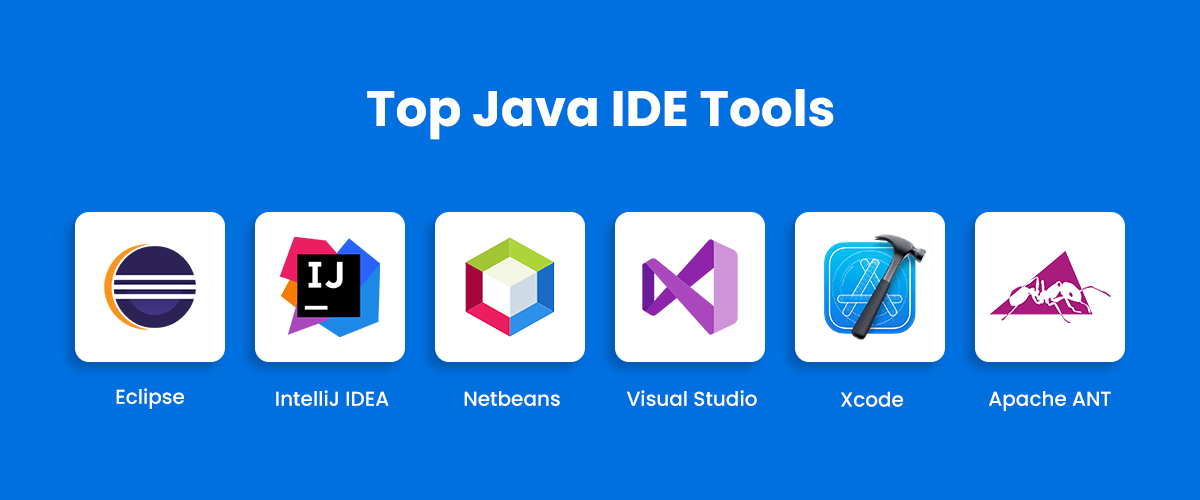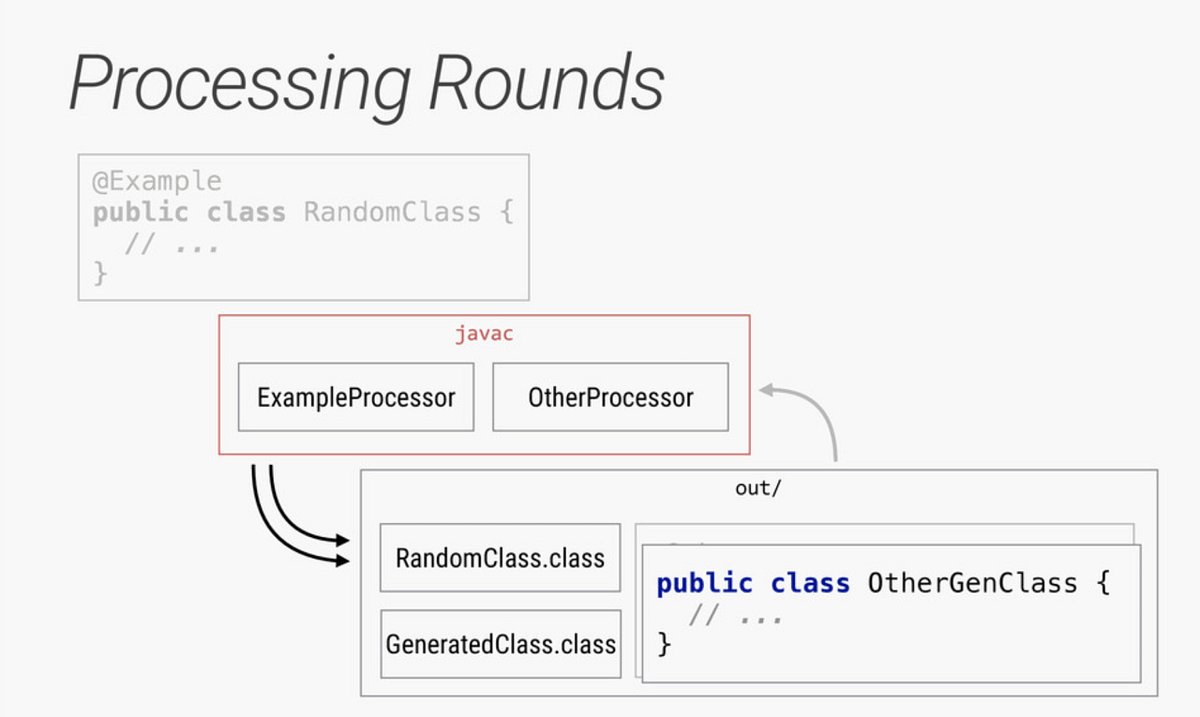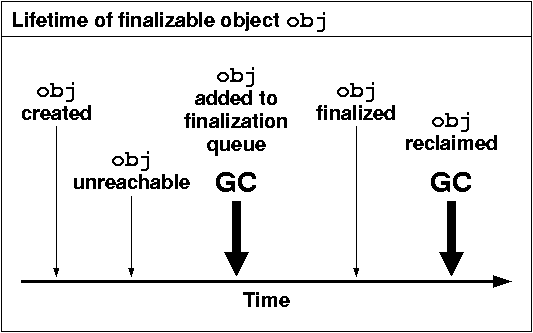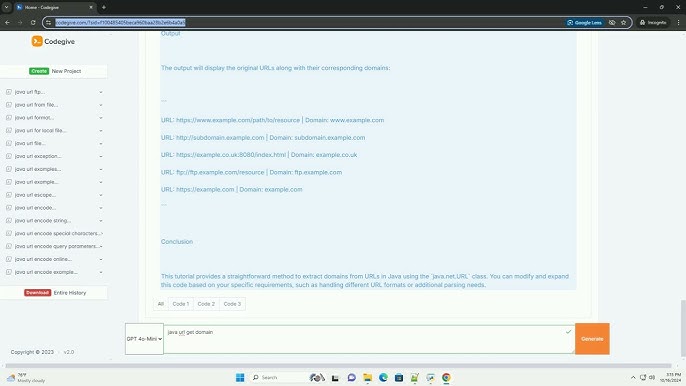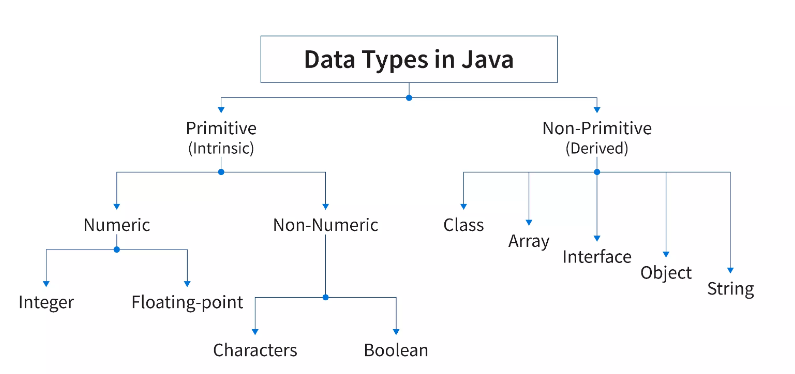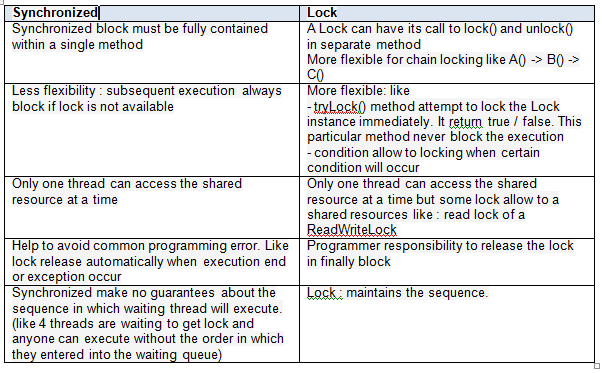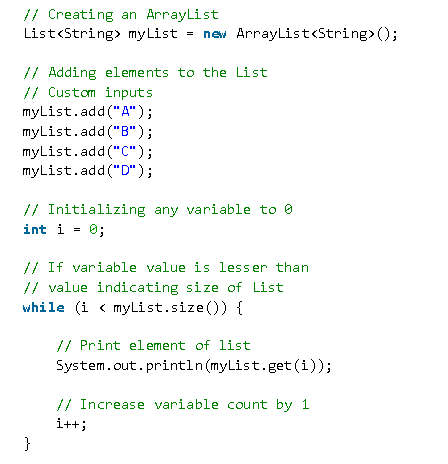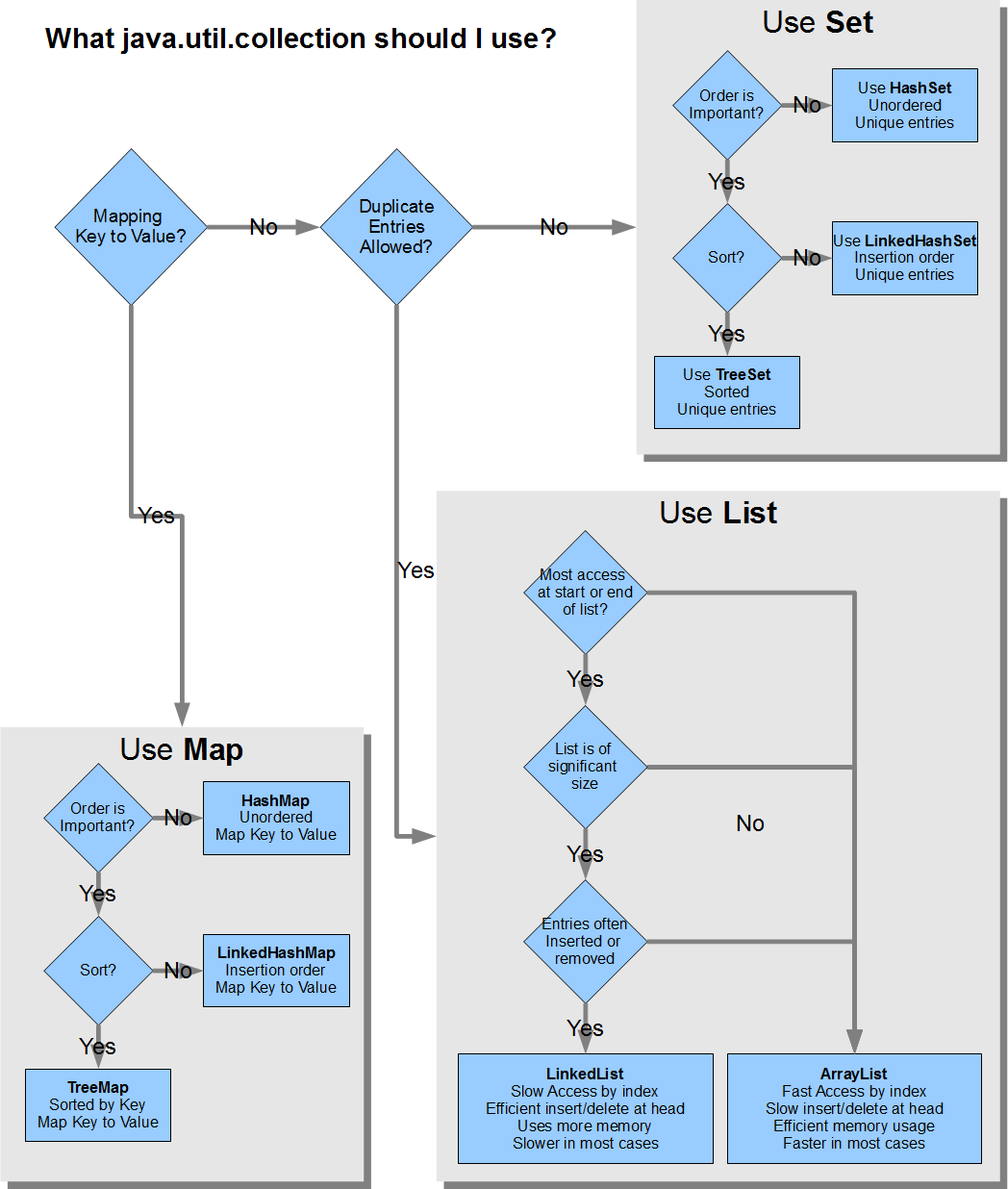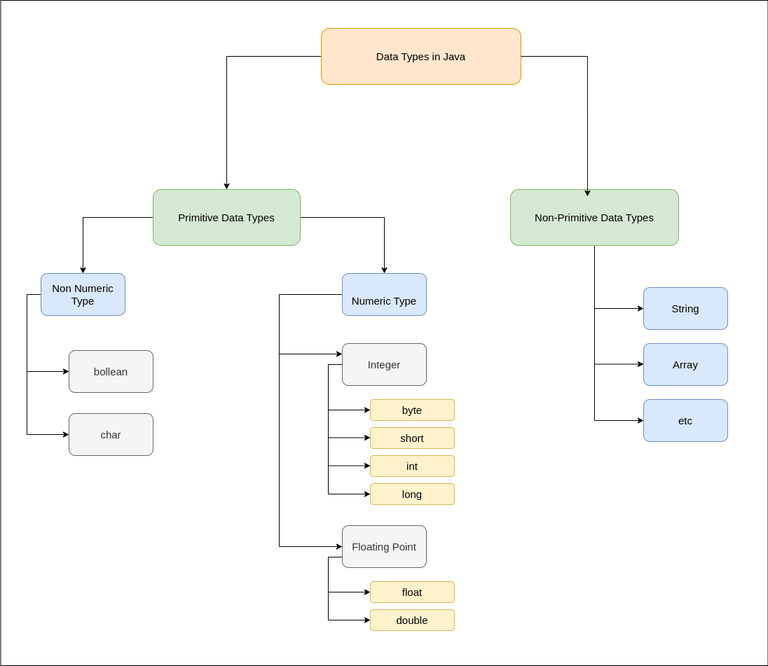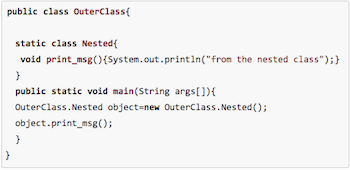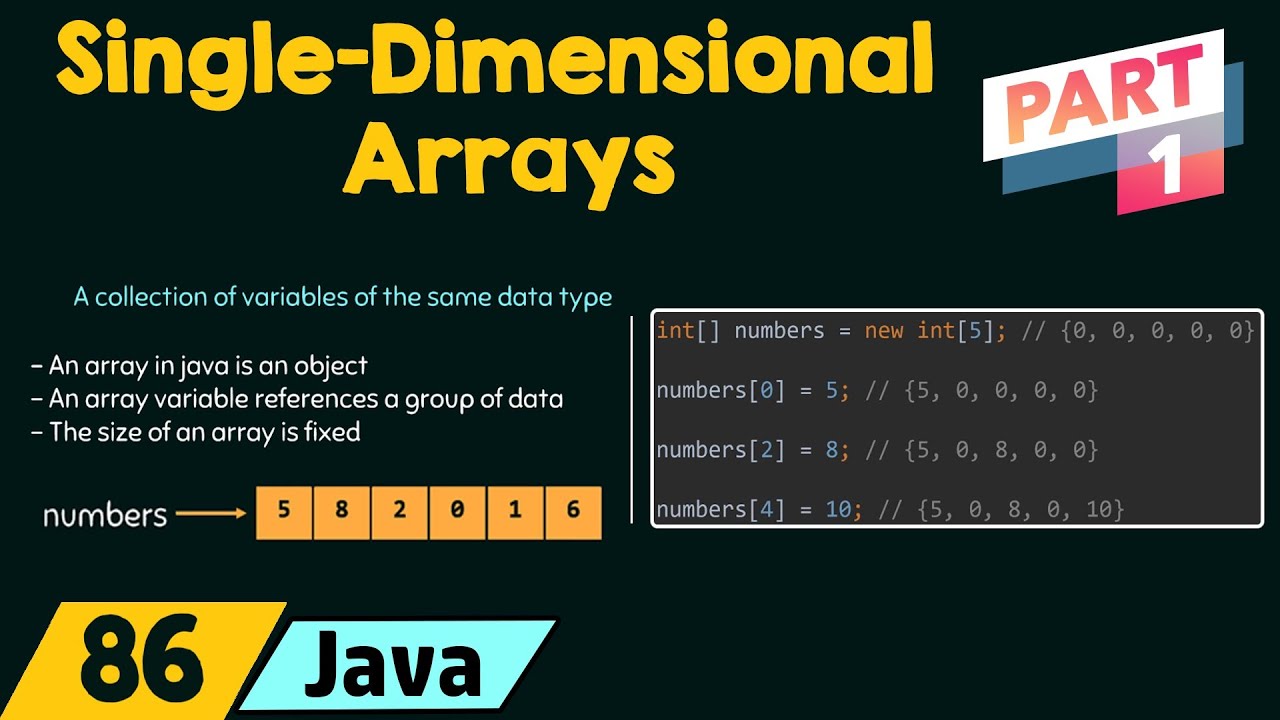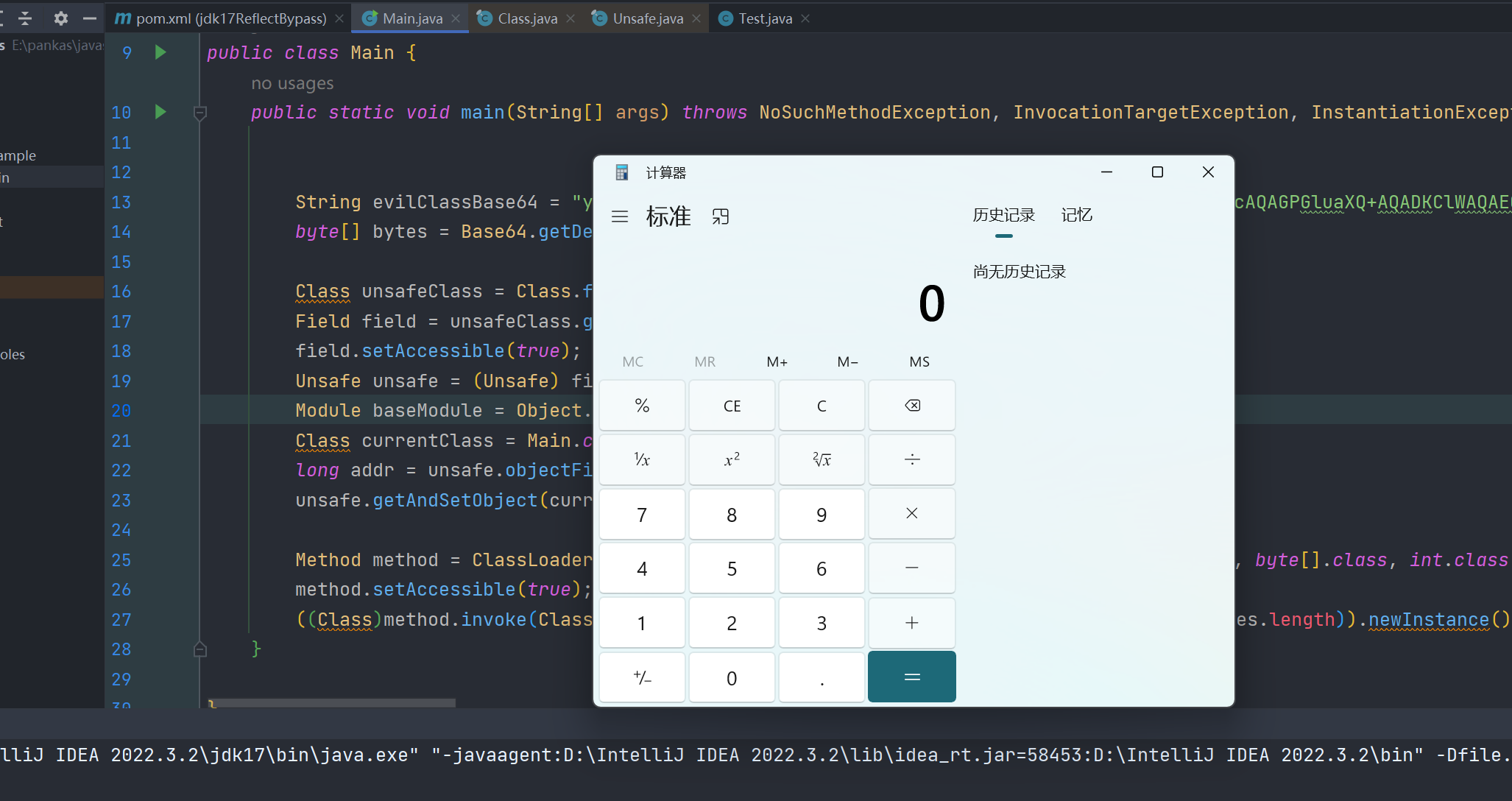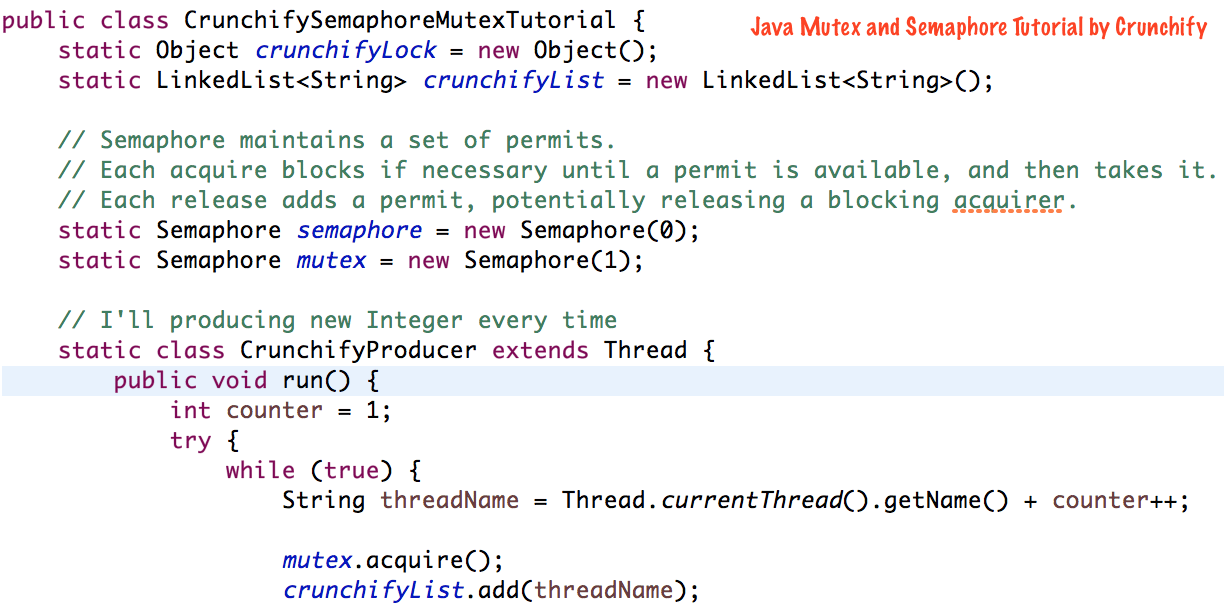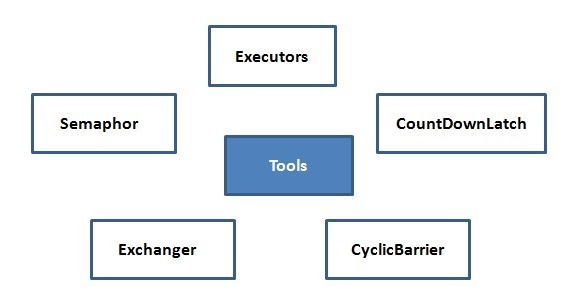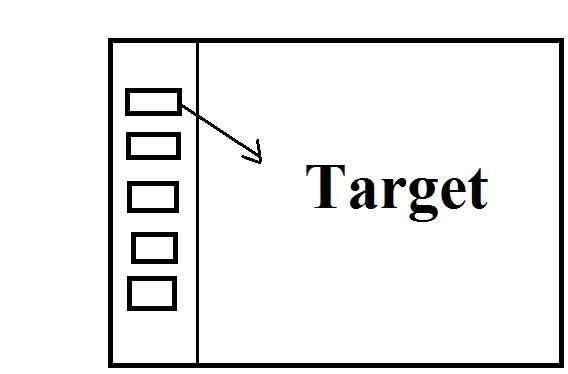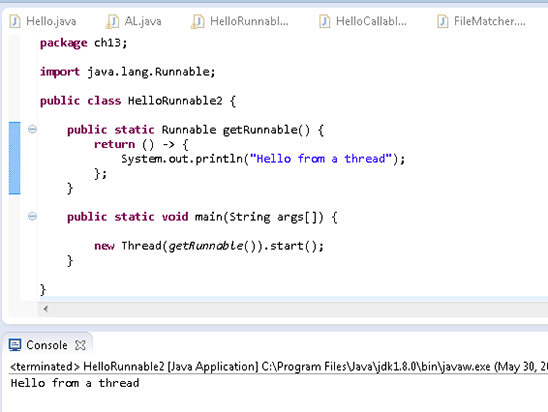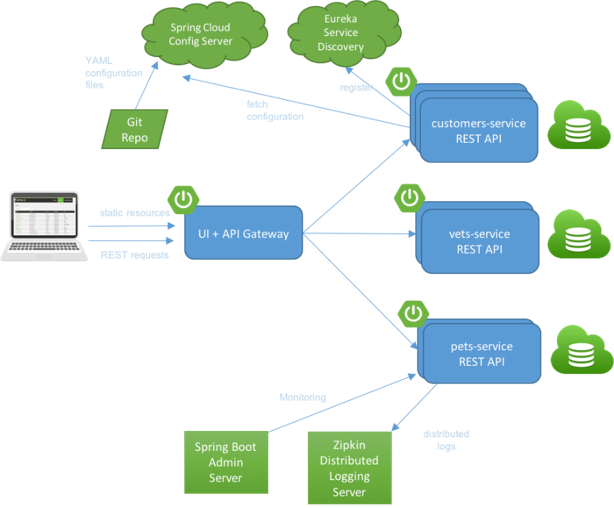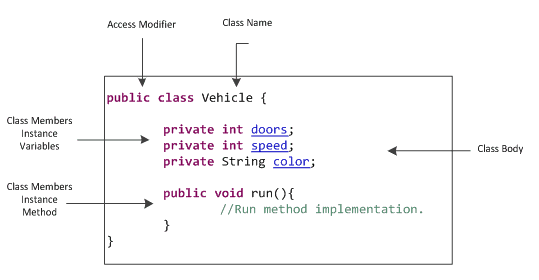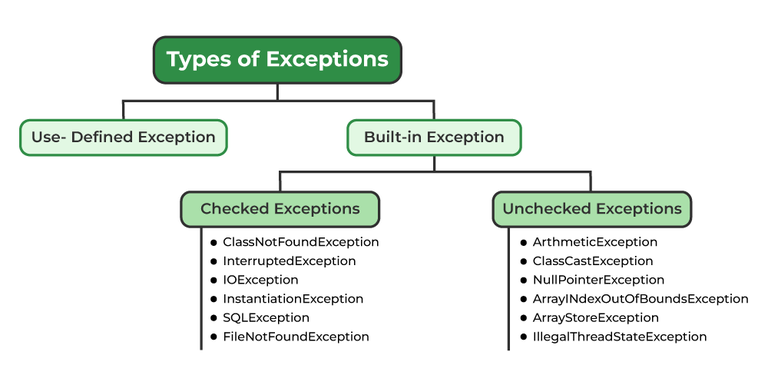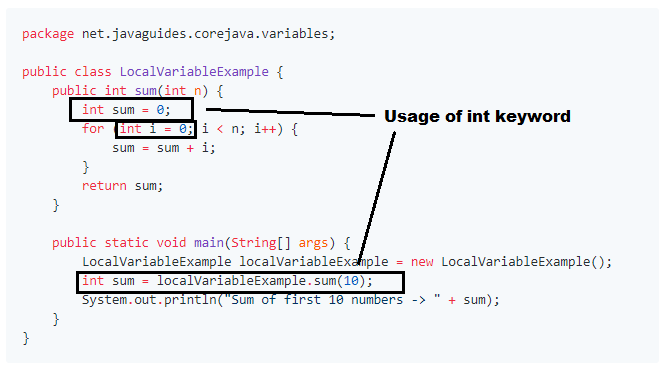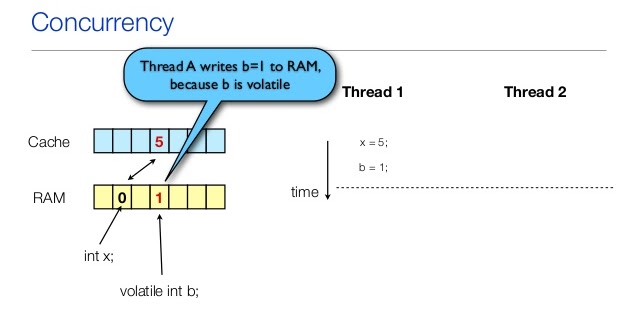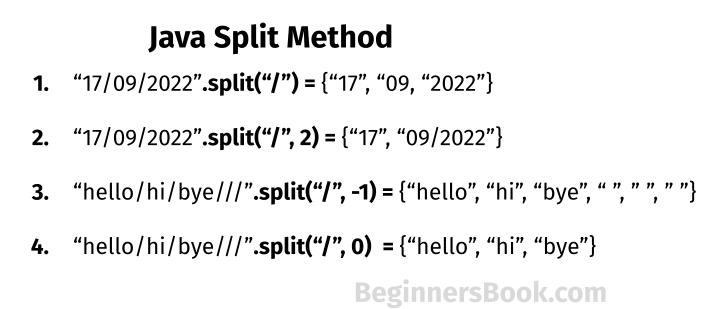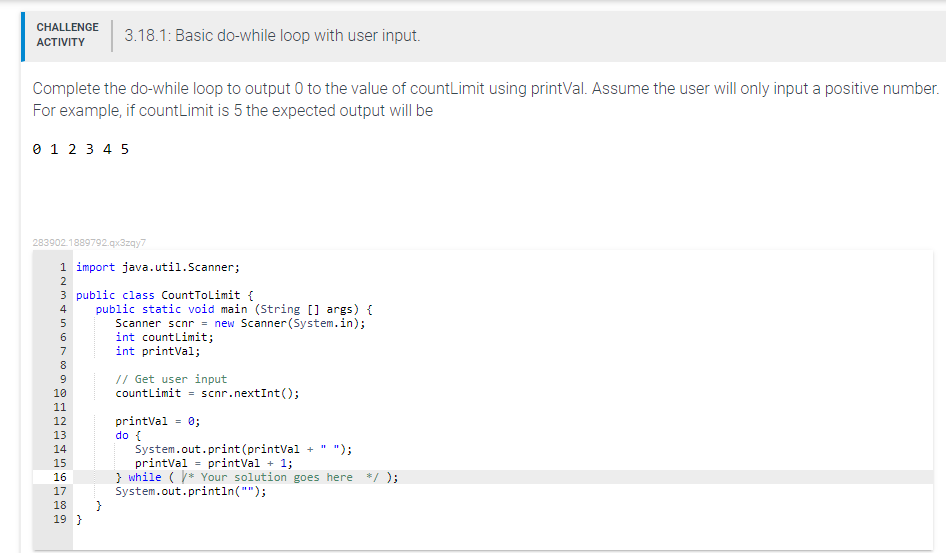HTTP URL connection in Java
HTTP URL connection in Java

I'd be happy to explain HTTP URL connections in Java!
Java provides various ways to establish a connection with an HTTP server and retrieve data. One popular method is using the java.net.URL class, which provides methods for establishing a connection and sending requests.
Here's an example of how you can use the URL class to send an HTTP GET request:
import java.io.BufferedReader;
import java.io.IOException;
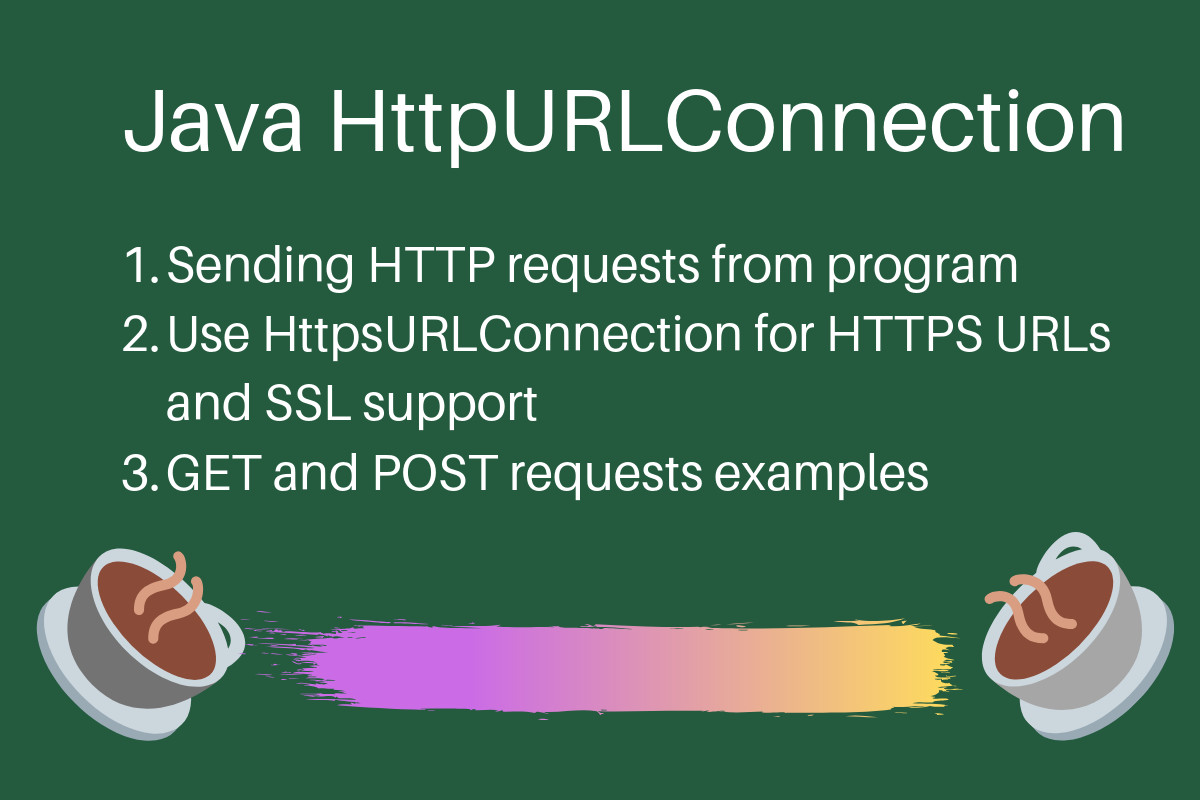
import java.io.InputStreamReader;
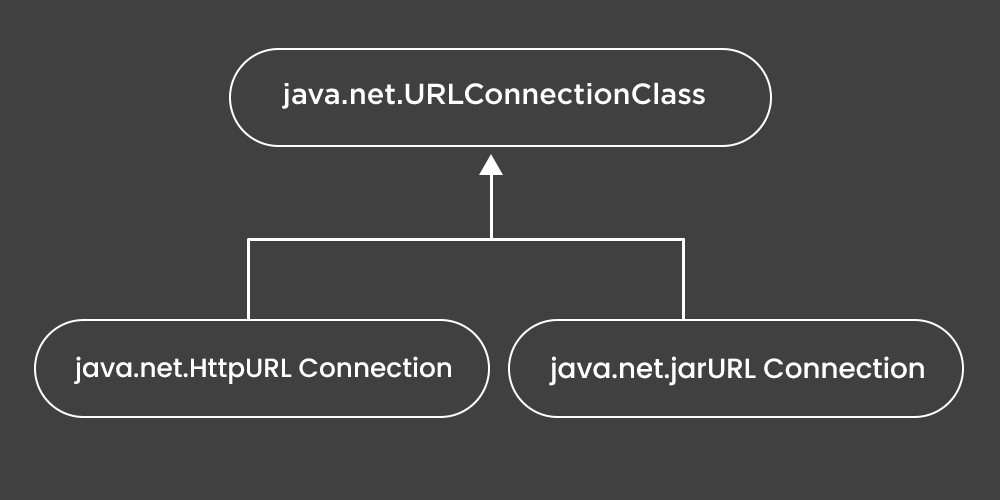
import java.net.HttpURLConnection;
import java.net.URL;
public class HttpClient {
public static void main(String[] args) throws IOException {
String url = "https://www.example.com"; // Replace with your URL
URL obj = new URL(url);
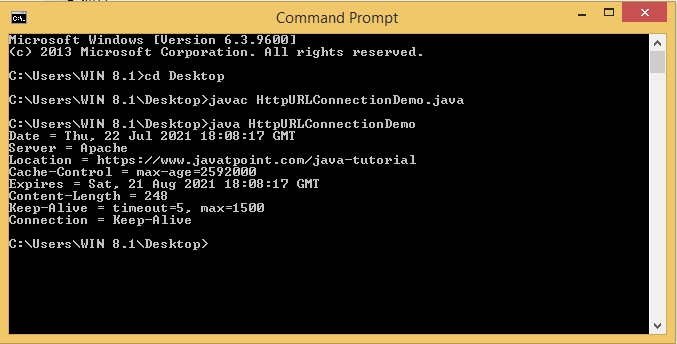
HttpURLConnection con = (HttpURLConnection) obj.openConnection();
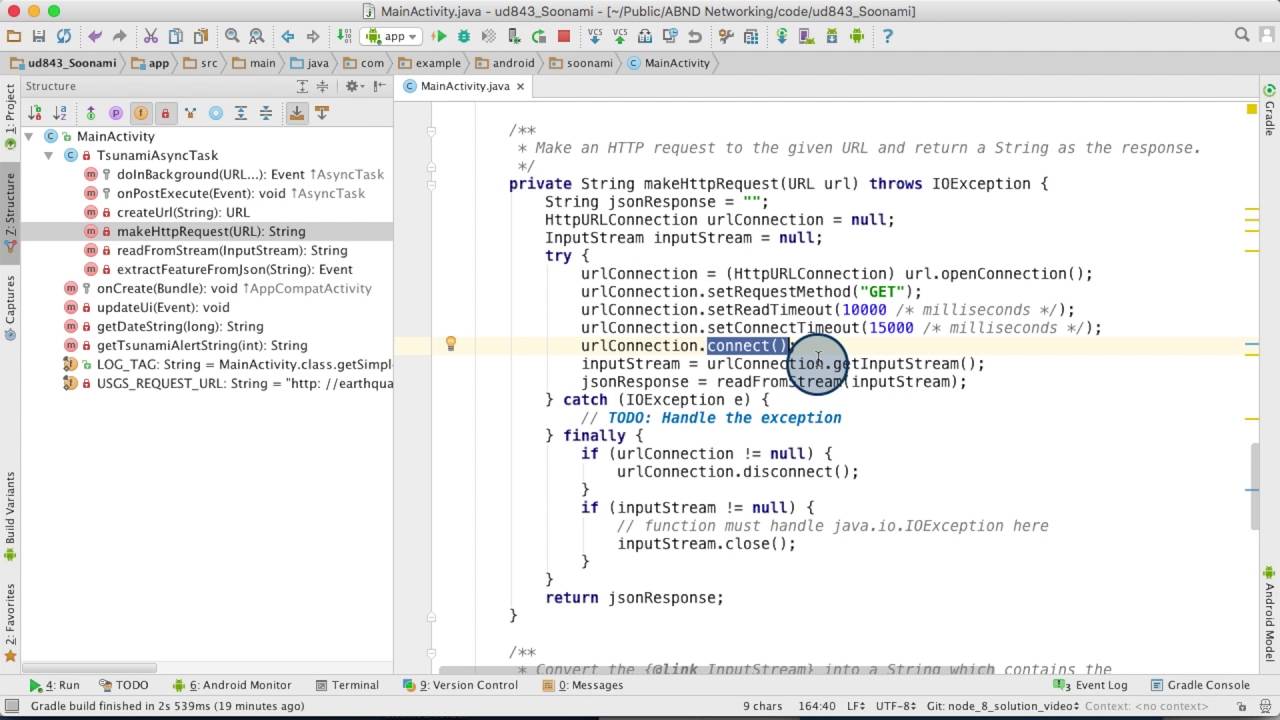
// optional default is GET (200)
con.setRequestMethod("GET");
int responseCode = con.getResponseCode();
if(responseCode==200){
BufferedReader in = new BufferedReader(new InputStreamReader(con.getInputStream()));
String inputLine;
StringBuffer content = new StringBuffer();
while ((inputLine = in.readLine()) != null) {
content.append(inputLine);
}
in.close();
System.out.println(content.toString());
}else{
System.out.println("Failed to retrieve data from "+url+". Response code: " + responseCode);
}
}
}
In this example, we create a URL object and then cast it to an HttpURLConnection. We set the request method to GET (you can change this to POST, PUT, DELETE, etc. depending on your needs). Then, we send the request by calling the getResponseCode() method.
If the response code is 200 (which means the request was successful), we read the response from the connection using a BufferedReader. We then print out the content of the response.
If the response code is anything other than 200, we print an error message indicating that the request failed to retrieve data.
Of course, this is just one way to send an HTTP GET request. Java provides many ways to interact with servers and retrieve data, including using third-party libraries like Apache HttpClient or OkHttp.
For example, here's how you could use Apache HttpClient:
import org.apache.http.HttpEntity;
import org.apache.http.HttpResponse;
import org.apache.http.client.HttpClient;
import org.apache.http.client.methods.HttpGet;
import org.apache.http.impl.client.DefaultHttpClient;
public class HttpClient {
public static void main(String[] args) throws IOException {
String url = "https://www.example.com"; // Replace with your URL
DefaultHttpClient client = new DefaultHttpClient();
HttpGet httpGet = new HttpGet(url);
try {
HttpResponse response = client.execute(httpGet);
if(response.getStatusLine().getStatusCode() == 200){
HttpEntity entity = response.getEntity();
BufferedReader reader = new BufferedReader(new InputStreamReader(entity.getContent()));
String line;
StringBuilder content = new StringBuilder();
while ((line = reader.readLine()) != null) {
content.append(line);
}
reader.close();
System.out.println(content.toString());
}else{
System.out.println("Failed to retrieve data from "+url+". Status code: " + response.getStatusLine().getStatusCode());
}
} catch (IOException e) {
System.err.println("Error: " + e.getMessage());
}
}
}
In this example, we create a DefaultHttpClient and use it to send an HTTP GET request. We then get the response from the server using the execute() method. If the response code is 200, we read the response content using a BufferedReader. Finally, we print out the content.
Remember that these are just examples, and you should adapt them to your specific needs!
How to access a file from URL in Java?
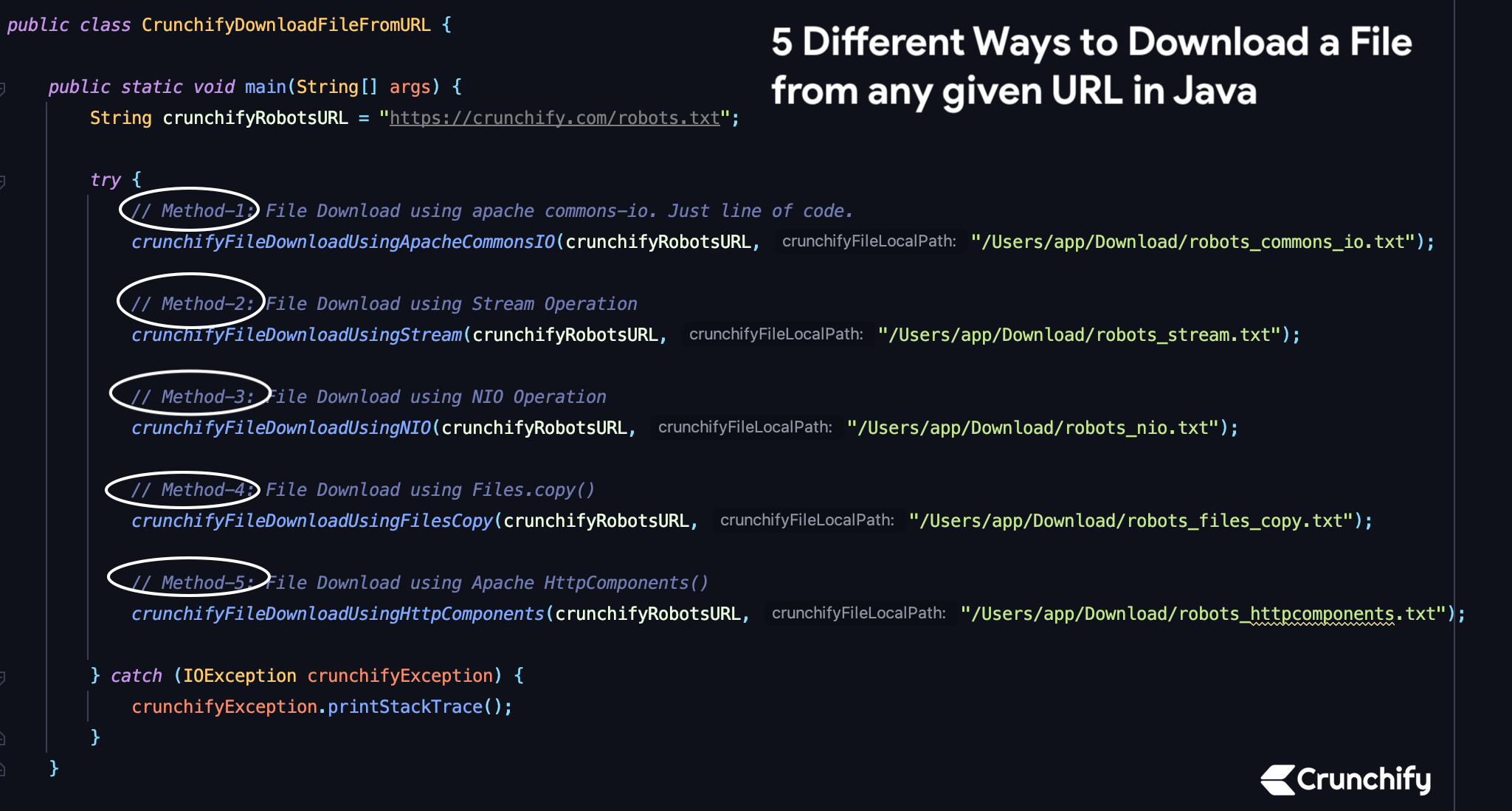
I'm happy to respond in English!
Accessing a file from a URL in Java can be achieved using several approaches, depending on the complexity of your requirements and the type of file you want to access. Here are a few common methods:
Using java.net.URL
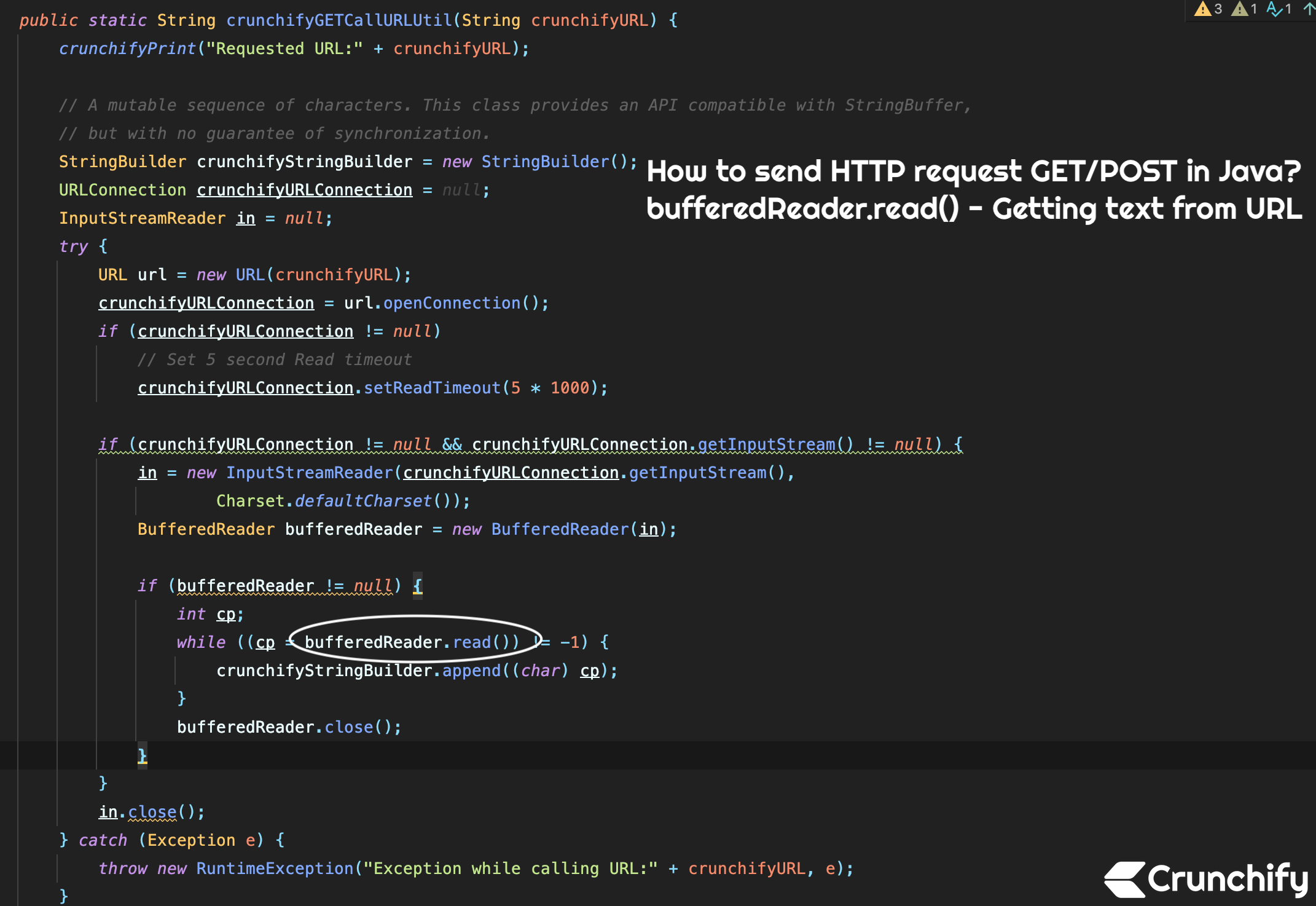
The most straightforward way is to use the built-in URL class. You can create a URL object with the desired file URL, then use the openStream() method to get an InputStream object that you can read from.
Here's some sample code:
import java.io.InputStream;
import java.net.URL;
public class FileDownloader {
public static void main(String[] args) throws Exception {
String url = "https://example.com/file.txt";
URL fileUrl = new URL(url);
InputStream in = fileUrl.openStream();
// Read from the input stream and process the file
int bytesRead;
byte[] buffer = new byte[1024];
while ((bytesRead = in.read(buffer)) != -1) {
System.out.println(new String(buffer, 0, bytesRead));
}
}
}
In this example, we create a URL object with the desired file URL and then use its openStream() method to get an InputStream. We can then read from the input stream using methods like read() or readLine().
Using Apache Commons IO
If you need more advanced file operations, such as downloading files asynchronously or handling large files, you might consider using a library like Apache Commons IO. The FileUtils class in this library provides a convenient way to access files from URLs:
import org.apache.commons.io.FileUtils;
import java.io.File;
public class FileDownloader {
public static void main(String[] args) throws Exception {
String url = "https://example.com/file.txt";
File file = FileUtils.toFile(new URL(url));
// Process the downloaded file
System.out.println(file.getName() + ": " + FileUtils.readFileToString(file, "UTF-8"));
}
}
In this example, we use FileUtils to convert a URL to a file object, which we can then read from using methods like readFileToString().
Using Java 7's java.nio.Files
Java 7 introduced the Files class in the java.nio package, which provides more advanced file operations. You can use its readAllBytes() method to download a file and store it as a byte array:
import java.io.IOException;
import java.nio.file.Files;
public class FileDownloader {
public static void main(String[] args) throws IOException {
String url = "https://example.com/file.txt";
byte[] bytes = Files.readAllBytes(Files.createTempFile("", "").toUri());
// Process the downloaded file
System.out.println(new String(bytes, "UTF-8"));
}
}
In this example, we use Files to create a temporary file and read its contents as a byte array. We can then process the file using methods like String(byte[]).
These are just a few examples of how you can access files from URLs in Java. The best approach depends on your specific requirements and the type of file you want to work with.


